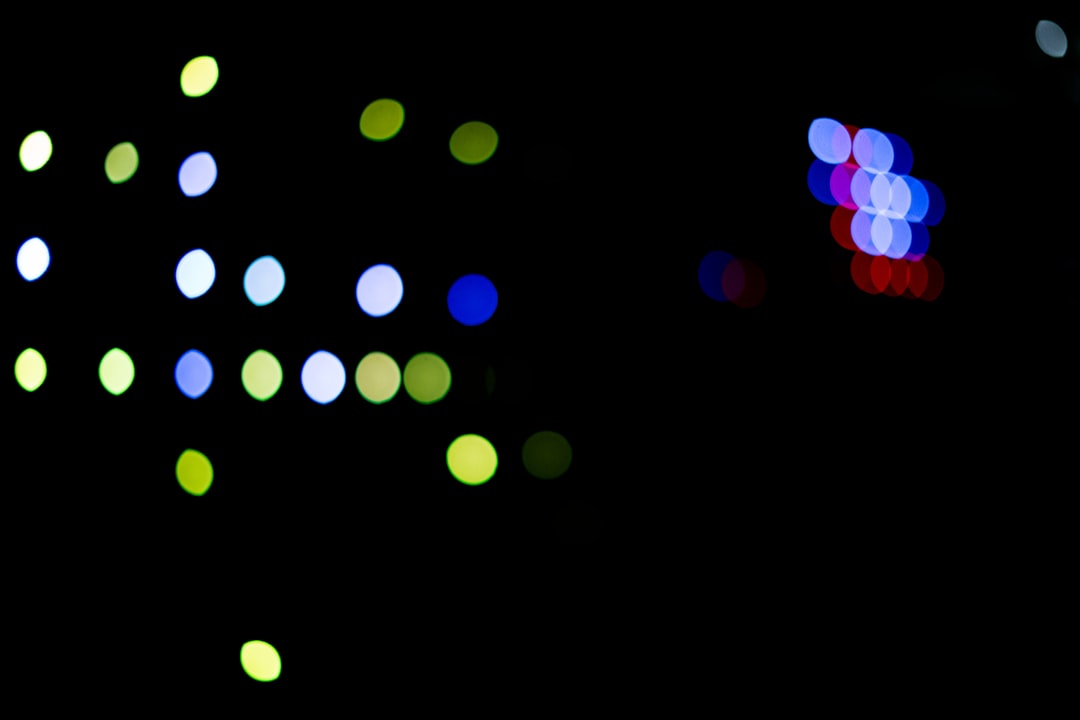What is it about?
The inclusion of luminescent species into ordered channel systems leads to compounds with peculiar optical properties, which could be exploited in solar energy harvesting, information technology, and diagnostics. Zeolite L is an ideal host: it has parallel channels with small pore openings. Unfortunately, if the dye is neutral, the compounds are not stable in humid conditions because water enters in the zeolite channels and replaces the dye. The Fluorenone-Zeolite L composite is a notable exception to this rule. Aim of this work was to explain why fluorenone−zeolite L composites are stable in the presence of water. We found that water molecules do not displace fluorenone from zeolite L because fluorenone is bound to the potassium cations of the zeolite.
Featured Image
Why is it important?
For the first time, a luminescent host−guest composite was modeled at conditions close to those adopted in actual applications of zeolite-based materials. Key information, otherwise difficult to access from experiments, was obtained on the structure and stabilty of such composites. The results indicated that fluorenone resistance against water substitution was due to the strong interaction of the dye carbonyl oxygen with the zeolite extraframework potassium cations. Understanding that the potassium cations were responsible of the stability of fluorenone in the zeolite at humid conditions was particularly important, because this holds in general for carbonyl-containing dyes.
Perspectives
We found that the optical properties of the composite are maintained in the presence of water: this is a fundamental requirement in the perspective of practical applications of these materials in humid (e.g. physiological) environments. Indeed, water molecules share the channel space with the dye and tune its electronic and optical properties through hydrogen bond interactions. The knowledge achieved in this work has already helped to realize other hybrid composites based on neutral carbonyl dyes (such as, e.g., perylene-diimides). These new composites are promising building blocks for the fabrication of optical devices operating in humid conditions.
Gloria Tabacchi
university of insubria
Read the Original
This page is a summary of: Interactions, Behavior, And Stability of Fluorenone inside Zeolite Nanochannels, The Journal of Physical Chemistry C, June 2010, American Chemical Society (ACS),
DOI: 10.1021/jp101635p.
You can read the full text:
Resources
Motion of Fluorenone inside the zeolite: a short movie
This movie shows the behaviour of the fluorenone dye inside the channels of the zeolite. No water molecules are present (dry conditions)
Water and Fluorenone dye inside Zeolite L (Movie)
The second movie shows how the motion of the dye changes when also water molecules occupy the zeolite channel.
Cover Picture
Cover Page of the Journal of Physical Chemistry C featuring our article. It contains the high-resolution cover picture and a short summary of the paper.
ResearchGate
Our article page in ResearchGate (free full text of the article)
Academia.edu
Our article page in Academia, with free full text of the paper.
Poster: Fluorenone in Zeolite L
This poster presents some of the most relevant results of the paper.
Full Paper - Open Access
-Author version of this paper (Just accepted manuscript). -Table of contents and cover images
Contributors
The following have contributed to this page










